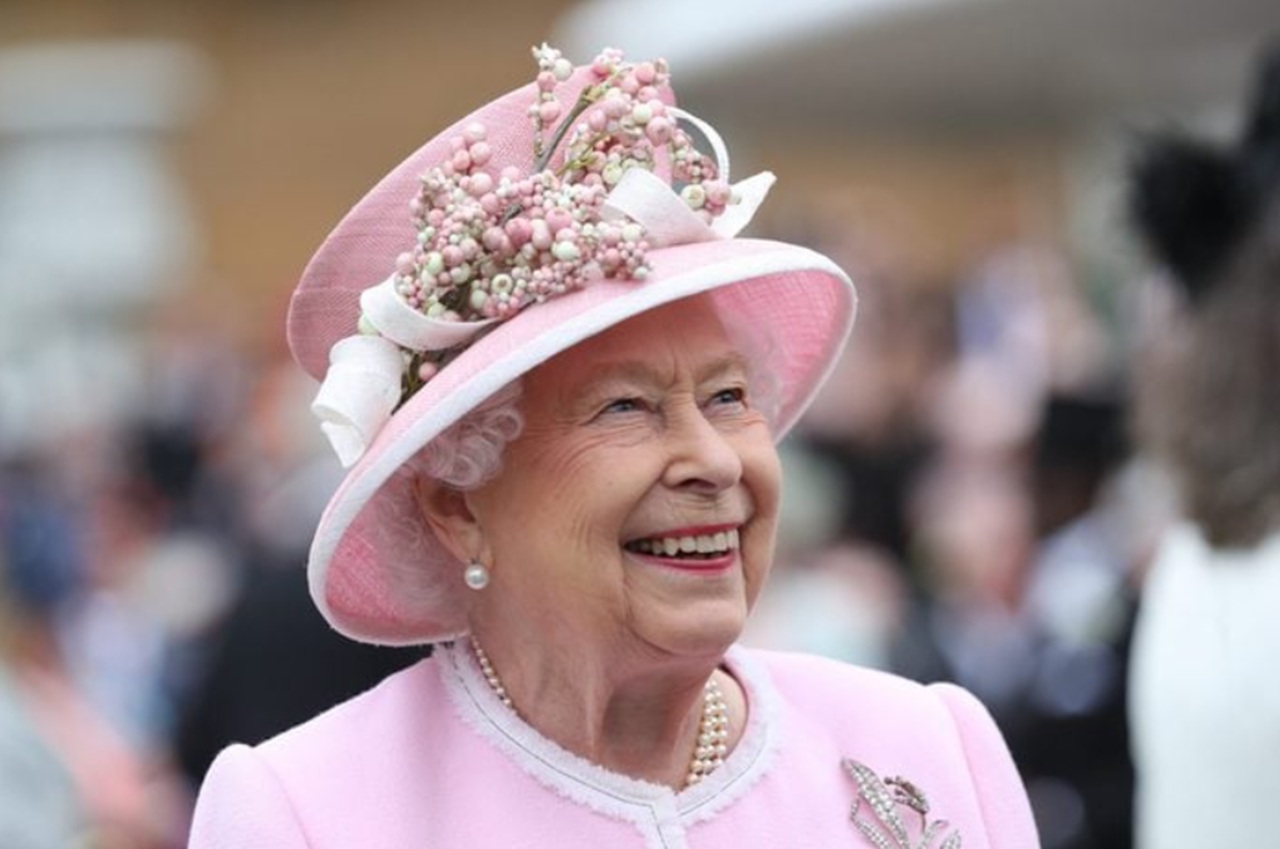In a new revelation about royal protocol, biographer Andrew Morton has shared insights into Queen Elizabeth’s discreet methods of signaling decisions during her reign. According to Morton, the late monarch developed subtle, wordless cues to express her thoughts to aides, prime ministers, and guests — without ever breaking the formal composure expected of her.
The discovery is featured in Morton’s latest book, Winston and the Windsors, which explores the relationship between Queen Elizabeth and Winston Churchill.
Who: Queen Elizabeth II and Winston Churchill
What: Subtle gestures used by the Queen to signal decisions or end conversations
When: Insights drawn from their working relationship beginning in 1952
Where: Buckingham Palace and various royal engagements in the U.K.
Why: To maintain discretion and control over conversations without public display
How: Through visual signals — such as shifting her handbag, spinning her ring, or gazing out the window
The Queen’s Silent Communication
Morton describes how Queen Elizabeth would pause and gaze out the window before declaring a final decision — a signal first noticed by Churchill during their weekly meetings. “She would look out of the window for a few seconds and then announce her decision,” Morton explained, noting that Churchill often remarked she “invariably made the right decision.”
These gestures were not limited to policy discussions. During royal outings, she famously used her Launer handbag as a discreet code to her aides — switching it from one arm to another when she wished to end a conversation or move along.
Expert Reactions and Historical Context
Royal historian Hugo Vickers previously explained how these gestures became an integral part of royal etiquette. “It would be worrying if you were talking to the Queen and saw the handbag move,” he told PEOPLE. “Someone would then step in politely to steer the conversation away.”
When urgency was required, the Queen would even spin her wedding ring — a clear signal that she was ready to depart. Additionally, insiders noted her discreet use of a buzzer system, summoning staff to conclude meetings when necessary.
Legacy and Leadership Impact
Morton and other royal commentators agree that these gestures reflected Queen Elizabeth’s disciplined temperament and authority. Despite ascending the throne at just 25, she balanced diplomacy with quiet assertiveness. Churchill, her first and perhaps most influential mentor, reportedly admired her “bureaucratic temperament and queenly glamour.” These habits underscored a leadership style that valued subtlety, signaling, and control — traits that shaped her 70-year reign and the modern monarchy’s image of calm continuity.What’s Next
Morton’s book Winston and the Windsors continues to uncover rare insights into the Queen’s working relationships with successive British leaders. The biography, already trending among royal watchers, promises further unseen correspondence and personal reflections from early palace archives. The revelations are expected to spark renewed academic discussion about how Queen Elizabeth’s private methods influenced public governance and royal protocol.








